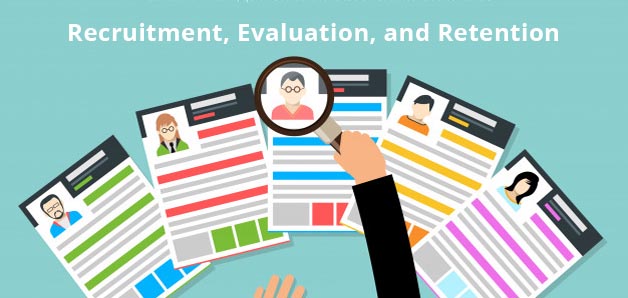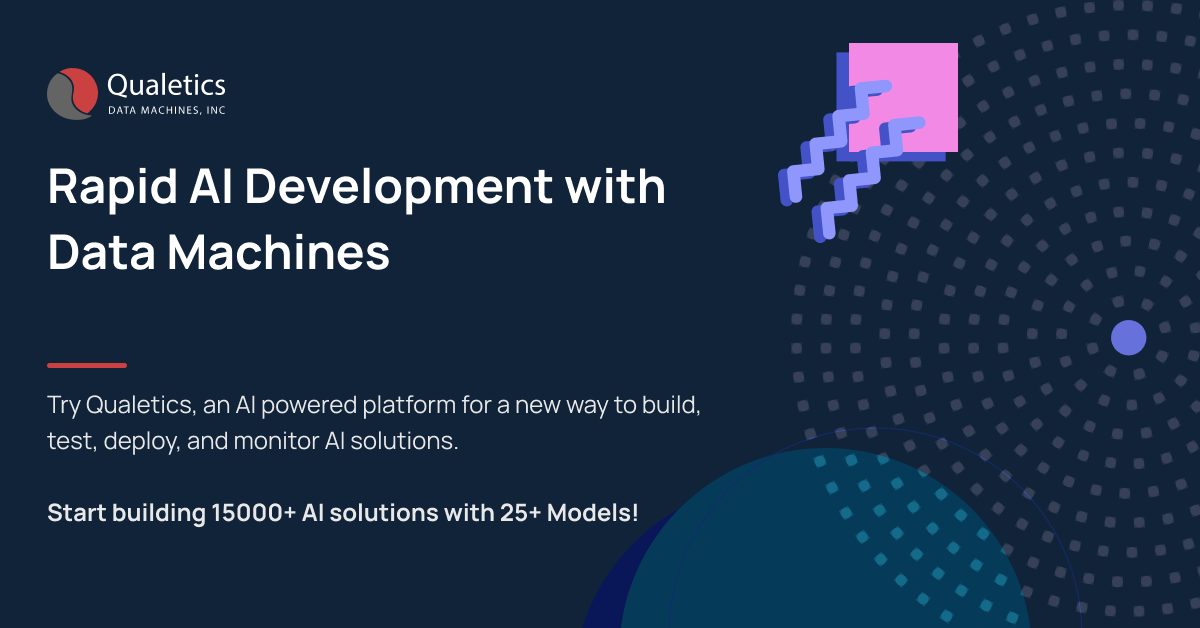How Data Science Can Help HR in Recruitment, Evaluation & Retention
Applying Data Science in HR and extracting actionable data intelligence can not only help companies keep their employees happy and retain valuable talent but it can also help in reducing costs and driving revenues.
Critical HR processes like recruiting, training & development, work performance analysis, employee dissatisfaction management, and retention management, etc, require everyday analysis to generate insights for proactive action. These activities consume a lot of time, resources and investments of the company. The time and investments made in hiring get wasted if the company doesn’t pick the right candidate for the right job at the right time.
When a company publishes a vacancy for a role, the applications are received from various sources in large numbers. To screen, analyze, and select the right profile for the described job role, takes a lot of quality time of the HR department. Once the candidates are hired, the organization should develop and adopt new strategies to retain the employee throughout the employee life cycle.
How Data Science Can Help HR?
In today’s world companies have started embracing deep data science technologies in various business operations like Marketing, Sales, and Customer Support, etc., and have tasted early success. Data Science technologies like AI, Machine Learning, Deep Learning, and NLP, etc., can play a huge role in Human Resources and help the department extract actionable data intelligence to build better strategies.
Data Science in HR Use Cases
Data-driven Recruitment
Finding the right profile at the right time decreases the chance of missing out on the right candidate. The trained system using the right analytical tools and customized filters helps in the hiring process by deleting the unwanted/not qualified list of the applications until it finds the right candidate profile. And, by providing optimal suggestions at various intervals of the employee life cycle it helps in retaining the asset.
Hiring is a search based process. When a search is conducted by humans, there is a chance of human errors and bias which is a barrier in hiring the right candidates for the desired profile.
But if the same job is done by a data-driven system, the accuracy of hiring the desired profile for a job role will be much higher. It will also take less time than humans in filtering and finalize the candidate list.
The data-driven hiring processes work in 4 phases:
1. Candidate outreach: For any company reaching out for desired candidates is like an advertisement funnel. Based on intelligence obtained from data analysis and modeling of historical data, a company can understand the specific skills required for the job. This customized filtered search decreases the listings of unwanted applications and increases the accuracy of getting the right applications.
2. Screening: Resume screening is one of the time-consuming activities during the recruiting process. An AI-based system can screen through thousands of profiles and deliver the recruiter with a handful of resumes matching with the desired characteristics of a job role for interviewing.
3. Engagement: The AI-based automated system engages with the shortlisted candidates for regular updates with customized and updated messages from the recruiters which help the recruiters in getting the required information from the chosen candidates.
4. Intelligence: Data science can also be used for collecting information about a particular candidate’s skills, experience, and personality. The data can be collected from multiple sources including social media, forums, and other online resources. Advanced algorithms can help in accurately analyzing the information and extract insights into the candidates.
Performance analysis
Jelly Belly a candy manufacturer in the US used to follow two different practices of performance analysis for 600 employees at three different locations. At one location it used an outdated performance analysis appraisal system. And in other locations, it practiced traditional techniques. Jelly Belly started noticing an increase in employee churn rate, after performance review meeting every year. After a few years, they decided to use an automated performance analysis system powered by data science technologies.
Jeff Brown Director of Human Resources of Jelly Belly says “When employees feel they have gotten a thorough and accurate review, it boosts their morale," It makes it easier to retain valuable employees, with an increase in talent management, which is a key factor for any corporate growth.
Performance analysis systems built using data science technologies can eliminate human errors, biases and can provide a 360-degree view of an employee’s contribution to the organization. This can help a company identify high-performers, reward them and retain for longer periods.
Retention Management
Employees are valuable assets. And their value to the organization increases with each passing month. A study by the Center for American Progress found that it costs businesses about one-fifth of a worker’s salary to replace that worker. For businesses with high employee churn, this can add up to significant costs that can be significantly minimized by building machine learning algorithms to predict attrition. Data Intelligence on why and when employees are most likely to leave can help the HR department in improving their employee retention strategies as well as planning new hiring in advance.
As companies are using data science technologies like Natural Language Perception to understand customer sentiments, they can use the same tools to understand their employees to create a more quality workplace. Gartner realized the importance of understanding their employees a few years back. The company collects data from employee social media accounts, email text, forums, etc. The collected information is analyzed to generate quarterly reports and the reports of the employees are sent to respective coordinated managers to create an employee-friendly environment.
The application of Data Science in HR at various levels of the employee lifecycle will help the HR department in getting actionable intelligence, which helps in understanding employee perception towards a company, work environment, the problems they are facing in performing a particular task, etc. This can help the company in better understanding their employees and devise effective HR strategies.



